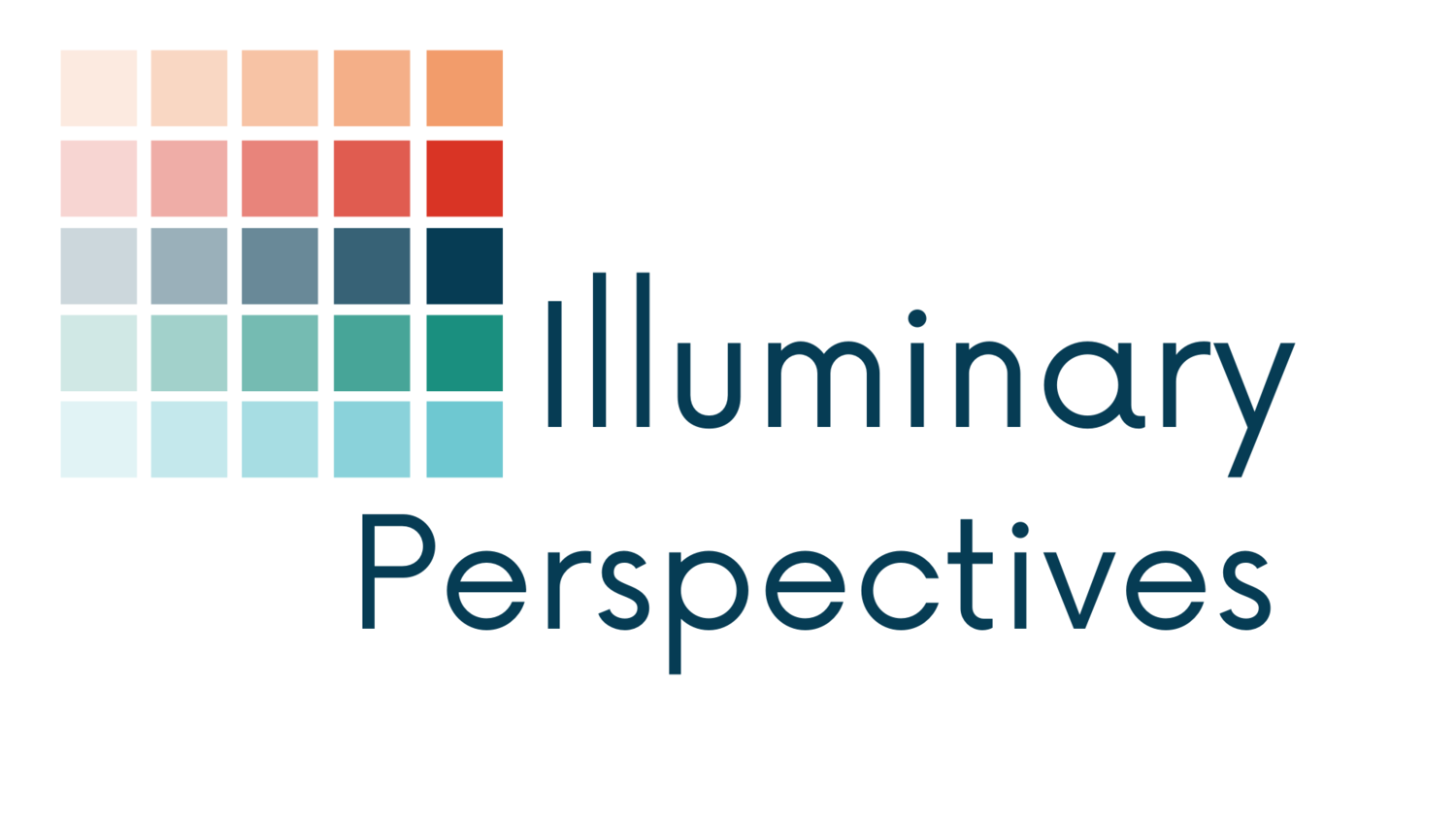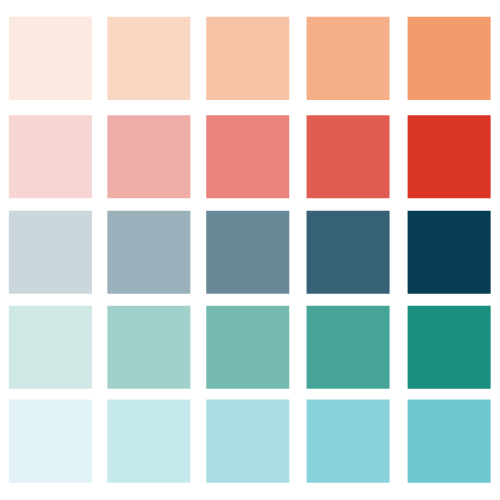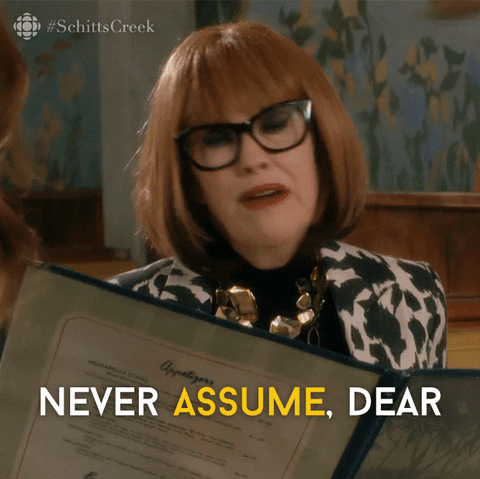Your secret tool for learning: Articulating assumptions
Moira Rose (Schitt’s Creek) says “Never assume, dear. It makes an ass out of both of us.”
Growing up, I would always hear the adage, “When you assume, you make an ass out of you and me.” This always positioned assumptions as a bad thing, something to be avoided at all costs.
But here’s the thing. We all make assumptions. Every day. It’s how our brain works. Our subconscious makes connections and shortcuts based on our background, experiences, identities, and contexts. The technical term for this is heuristics. Heuristics are “mental shortcuts that can facilitate problem-solving and probability judgments.” They reduce cognitive load and help us make immediate judgments, but can often result in inaccurate conclusions.
Assumptions are ideas or beliefs about what is true or expectations of what will happen, often without proof and generally unspoken. Because of this, assumptions can lead to bad actions and outcomes when left unchecked. But, assumptions can also be a powerful tool in your learning and evaluation work. We just aren’t used to articulating them in a way that makes them useful.
Assumptions underpin our beliefs about what change is needed and how change will happen. Through learning and evaluation practices, we can challenge and test these assumptions, within ourselves and others. Our assumptions often go unchecked and have the potential to hold implicit biases, blind spots, and faulty logic. These assumptions then run the risk of driving ineffective, or worse, inequitable processes and outcomes.
That’s where learning and evaluation can help when you are engaging in a social change effort.
Articulating Assumptions
You first want to start by surfacing and clearly articulating the assumptions that you and the group you are working with hold. This sounds simple, but it’s usually a hard process. Our believes and assumptions shape our entire worldview that it can sometimes be hard to identify that we have them and that they may be different from those held by others.
Surfacing the assumptions that you and others have about the work can take a lot of different forms, such as individual reflection, one-on-one conversations, or group processes. A lot depends on the group you are working with. Personally, I usually like to incorporate some form of individual reflection, usually at the beginning. Surfacing these assumptions can take a lot of personal work, which can sometimes be intimidating to do in a group, especially groups in a work setting.
Here are some questions you can use to reflect on your assumptions in any of these settings:
How do I know that X will lead to Y?
What alternative solutions could lead to the same results?
What factors that are outside of my control will influence the results I’m looking for? What do others have to do for my solution to work?
What do I believe about the root causes of the problem I am trying to solve for?
What blind spots might I have based on my position and identities?
What must be true for this solution to work?
When all else fails, “why” is a powerful question. Even using the 5 Why’s technique can help you get to some of the underlying beliefs.
Engaging a broad and diverse group of people in this process can then help you challenge the assumptions held within the group. Everyone will bring a different perspective.
Testing Assumptions
Articulating our assumptions makes our thinking visible, which is one of the key habits to support learning. Once we are able to articulate these assumptions that we have about what is true, how change will happen, and our expectations, we can use purposeful learning and evaluation to test those assumptions and see if they actually play out as expected. This also helps us identify where in our strategies and programs we are most uncertain, pointing to key areas for learning. Once you have articulated your assumptions about why you think your program works, you can design your learning and evaluation work around those assumptions to better understand if that is really what is happening, explore areas of uncertainty, and improve our impact. Having this clear understanding of the assumptions embedded in our work strengthens our learning and evaluation work and ultimately strengthens our strategies and programs.
At the end of the day, if we thoughtfully and intentionally articulate and engage with our assumptions, they will no longer make an ass out of you and me.
Sources:
Guidance on Developing Assumptions from the Center for Evaluation Innovation
Window on the world: The power of assumptions in uncertain times by Thomas Aston
What are your assumptions? by Apollo Nkwake


